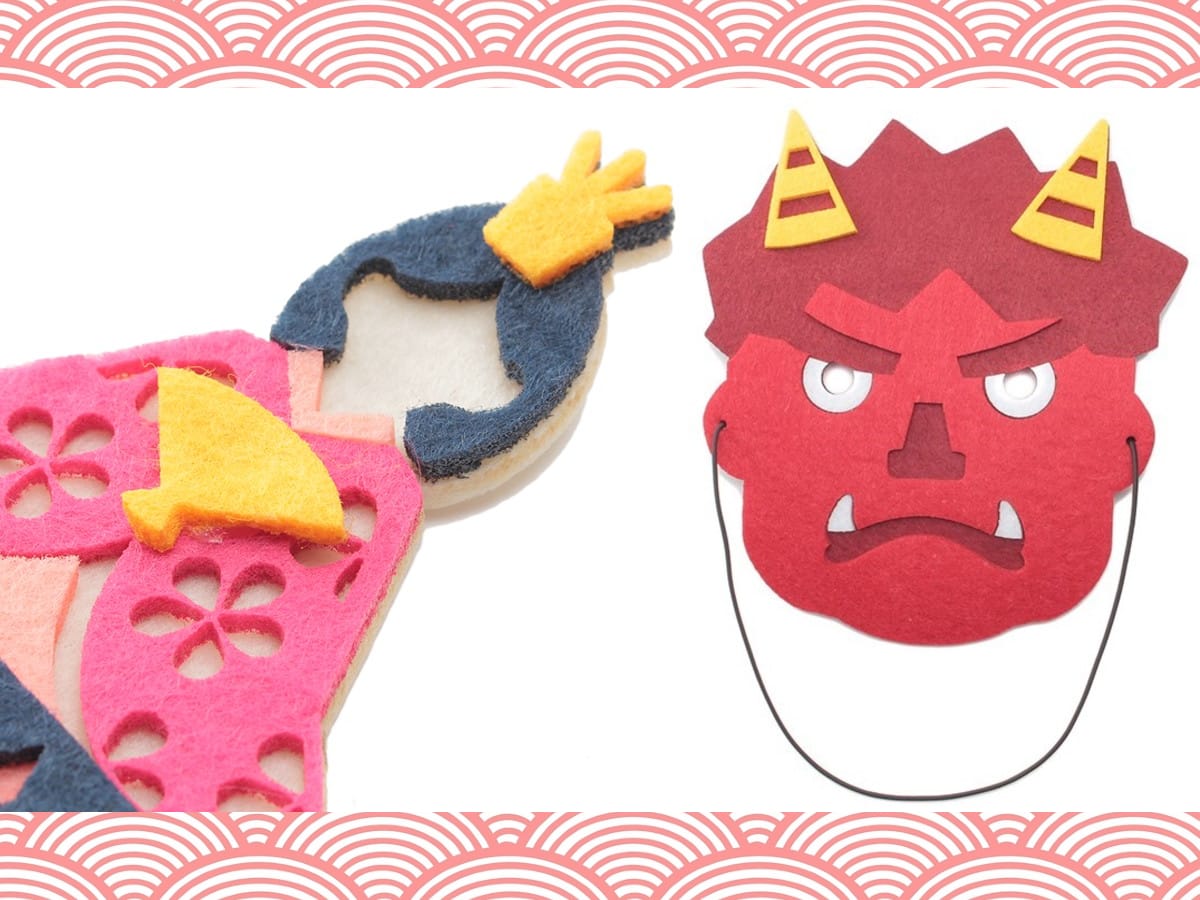
Source: © SocialWire Co., Ltd.
Festive felt decorations let you celebrate Girl’s Day and Setsubun at home
- Tags:
- Felt Art / Girls' Day / Hinamatsuri / Japanese Doll Festival / oni / Setsubun
Related Article
-
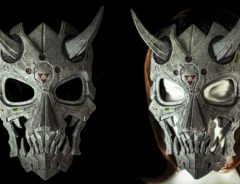
Japanese artist crafts mecha-inspired traditional oni demon masks
-
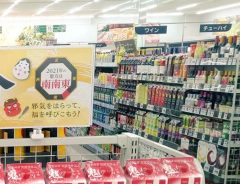
Driving demons away is normal on Setsubun, but this supermarket takes it to another level
-
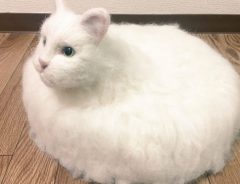
Terrifyingly Realistic Felt Cat Roomba And Cat Monorail Are Ready To Purr Into Your Nightmares
-
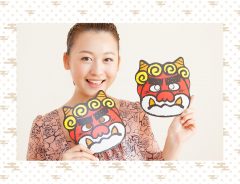
Beans, Demons & Sushi Rolls: How Japanese Twitter Users Celebrated Setsubun 2020
-
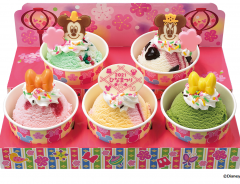
Adorable Disney ice creams based on traditional Hinamatsuri dolls appear at Baskin Robbins Japan for Girls Day
-

Japanese Artist Turns Traditional Girls’ Day Dolls Into Cute Bunnies In Kimono


Festival days in Japan are rooted in centuries-old customs that are still faithfully honored to this day. Two of the most festive and symbolic days in Japan are Setsubun 節分, which takes place every February 3rd (and rarely the 2nd, as in this year, and even the 4th), and Hinamatsuri 雛祭り every March 3rd. In the past years, they were a good chance for people to come together and celebrate two very different festivities.
However, with the coronavirus pandemic still being an unfortunate reality for people around the world, a Tokyo-based variety store known as Awesome Store is selling cute felt decorations so that families in Japan can be festive from the safety of their own home.
© SocialWire Co., Ltd.
Setsubun was traditionally viewed as the day before the beginning of spring in Japan. Because it was the turning point for a new season, people believed it was important to drive evil spirits away during setsubun for a clean transition into spring.
The highlight of setsubun is the ‘mamemaki’ (豆撒き, bean scattering) custom, traditionally performed in shrines and temples. One person wears a mask that represents the oni 鬼, or demon, while everybody else throws beans at them and chants, “Devils out! Fortune in!” in Japanese. The oni is also sometimes spotted with an iron club called a kanabō 金棒.
Awesome Store’s setsubun decorations let you dress up as the oni in three different ways. The first is in the form of a felt oni mask that comes in a set with a masu box, which was traditionally used as a storage device for the beans thrown at the oni. The character carved out on the box uses the kanji for ‘good fortune’. This set is priced at 290 yen.
© SocialWire Co., Ltd.
The second pair of setsubun items are an oni headband and a felt kanabō, priced at 290 yen.
© SocialWire Co., Ltd.
The last setsubun item is an oni pet costume for 890 yen, and is a cute way to get pets involved in the activities (just make sure not to scare them with the bean-throwing).
© SocialWire Co., Ltd.
Although Hinamatsuri takes place exactly one month after Setsubun, their festivities are vastly different. The main tradition observed on this day is the display of traditional dolls (called hinakazari 雛飾り), with the most important dolls representing the emperor and the empress. Temples and shrines sometimes have elaborate seven-tier displays that include other dolls with varying roles connected to the imperial couple.
The practice is said to have originated from the daughter of Japan’s reigning emperor during the early 1600s. Imperial court ladies would set up dolls for her to play with, and over the years, doll makers started making fancier dolls for the celebration. In modern times, since these dolls can be very expensive, typically, families only have the emperor & empress doll. Girls and their mothers work together to set up a display at home.
The designs for the hinamatsuri decorations from Awesome Store reflect the more commonly seen emperor and empress dolls. Their hinakazari decorations stand at 9 centimeters (~3.5 inches) tall and are priced at 290 yen.
© SocialWire Co., Ltd.
The store’s hinamatsuri felt garland (290 yen) also features the emperor and empress dolls with some cherry blossom cut-outs.
© SocialWire Co., Ltd.
The “Setsubun and Hinamatsuri at home” decorations are available on Awesome Store’s Japanese website and in their physical stores all across Japan.